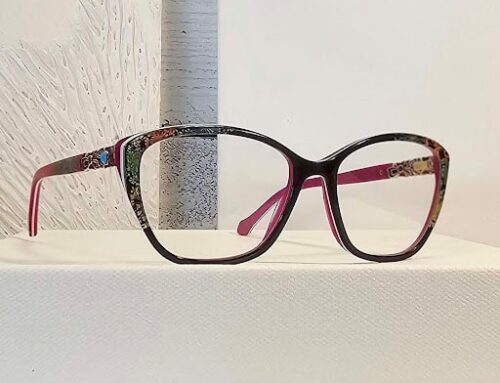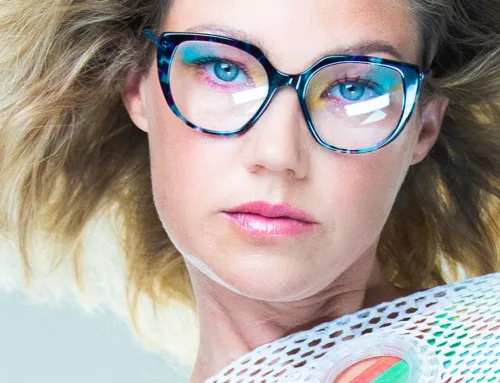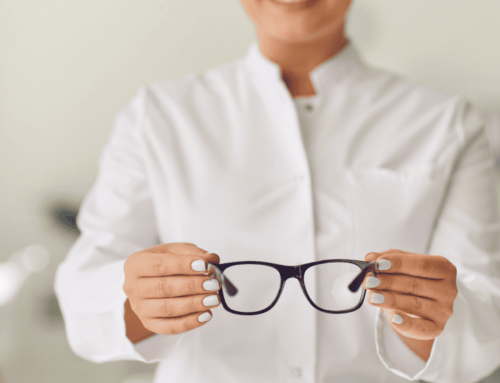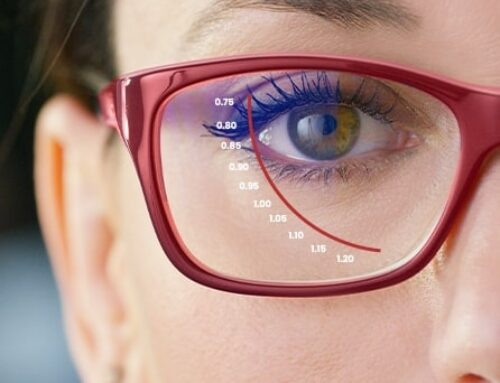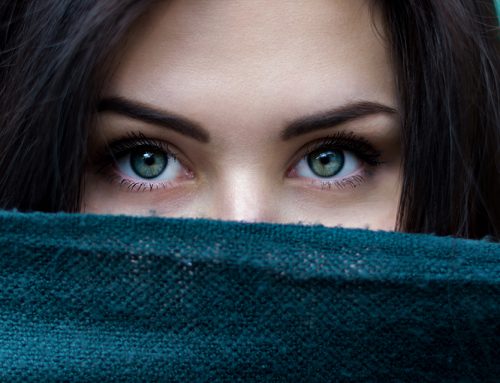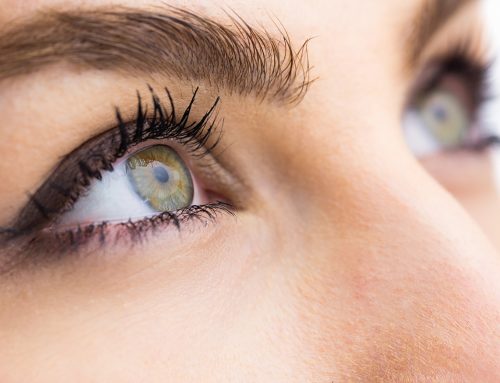Just as everyone else in the United States, we are incredible excited about the Solar Eclipse that is set to occur on August 21st. One of the most amazing things about this is that the science is so precise, we know exactly when and where these phenomenal events will take place. Not only that, scientists at National Solar Observatory can predict the shape of solar corona during the eclipse.
Do you know how accurate these things are? The Battle of Thermopylae (Remember the movie “300”?) was an actual battle in the year 480 BCE. While dates and times of the events around this battle were not recorded, or lost to time, we are given a very specific clue. In his Histories, Herodotus mentions a solar eclipse that occurred at the crossing of the Hellespont by the Persians. Based on that tidbit, and given how fast the Persian army could move, historians have figured out the Battle took place within the timeframe of September 18, 19, and 20, in the year 480 BCE.
Ok, that’s fascinating, but what does this have to do with our eyes? That is a great question. The instinct for everyone is going to be that on August 21 everyone is going to run out and look up at the eclipse. Allow us to be VERY CLEAR about this.. DO NOT DO THAT!
Simply put, the suns is more powerful than our eyes can handle. Exposing your eyes to that kind of power can damage the retina. While you can look at the eclipse when the sun is completely blocked by the moon, which will not happen here in New York, Solar eclipses are dangerous because when the sun comes out from behind the moon, you will not have a enough time to look away before the damage to your retina has already happened. While you should never look directly into the sun, it is actually worse to do so during an eclipse. Since it is dark out your pupils dilate so that they can let in enough light to get a good picture. Then, when the sun reappears and starts flooding the area with really bright light, not only are you staring straight at it, but your eye is in a state where they are wide open, and actively trying to let in as much light as possible. This is the perfect storm of bad news for your eyes. Also, please be aware that sunglasses are not enough protection against the powerful rays of the sun.
Well than how can we see the eclipse? There are very specialized glasses that you can get or you can make a very simple pin-hole projector.
You Need: (Thank you, www.dateandtime.com)
- 2 pieces of stiff white cardboard, e.g. 2 paper plates
- alternatively, 2 sheets of plain white paper
- a thumbtack, a sharp pin, or a needle
What to Do:
To make a quick version of the pinhole projector, take a sheet of paper and make a tiny hole in the middle of it using a pin or a thumbtack. Make sure that the hole is round and smooth.
With your back towards the Sun, hold 1 piece of paper above your shoulder allowing the Sun to shine on the paper.
The 2nd sheet of paper will act as a screen. Hold it at a distance, and you will see an inverted image of the Sun projected on the paper screen through the pinhole.
To make the image of the Sun larger, hold the screen paper further away from the paper with the pinhole.
A box projector works on the same principles, it requires a little more time and a few extra items to construct, but it is more sturdy.
Have fun and be safe!


